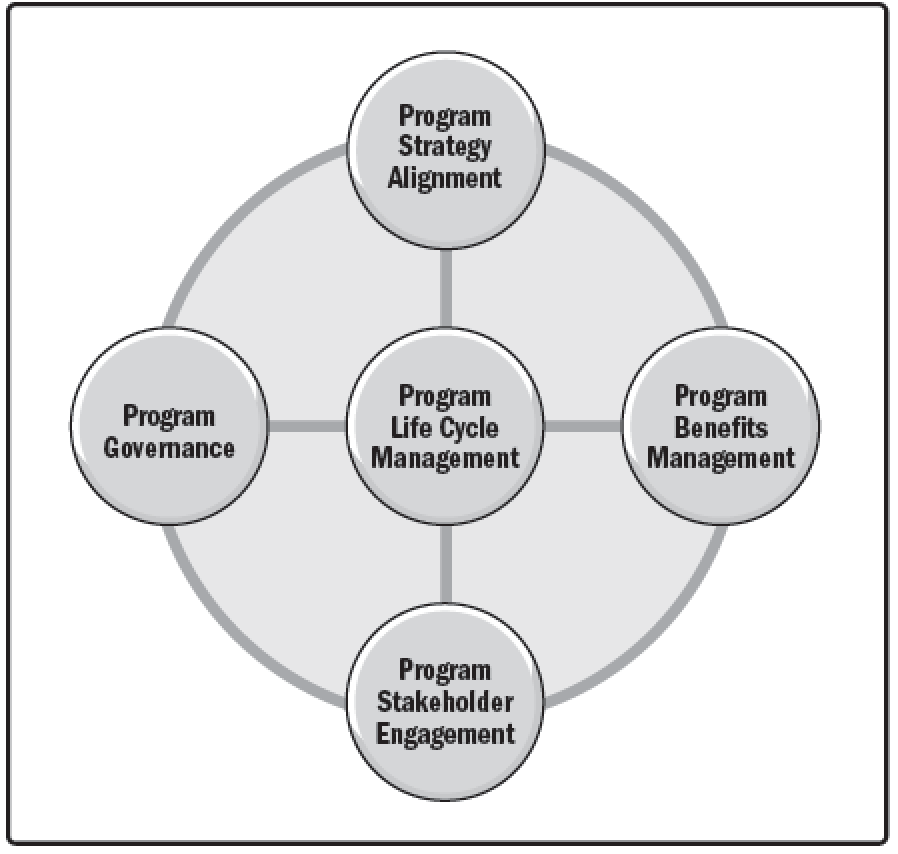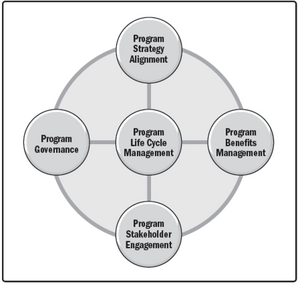The Oticon Case: the Spaghetti organisation
| Line 3: | Line 3: | ||
[[File:PerformanceDomains.png|300px | thumb| |'''Figure 1:''' Project Management Performance Domains. ]] | [[File:PerformanceDomains.png|300px | thumb| |'''Figure 1:''' Project Management Performance Domains. ]] | ||
| + | ... text text text | ||
| + | [[File:PerformanceDomains.png|caption]] | ||
| + | text text text ... | ||
The program of that change was extremely complex due to the numerous parts, interactions and the behaviours produced as a result of those interactions. Therefore, it was crucial a strong leadership in order to create clear directions and ensure effective communication to speed up the "sense-making process". This article aims to analyse the leadership of Lars Kolind in order to highlight which points lead to the successful implementation of the change. | The program of that change was extremely complex due to the numerous parts, interactions and the behaviours produced as a result of those interactions. Therefore, it was crucial a strong leadership in order to create clear directions and ensure effective communication to speed up the "sense-making process". This article aims to analyse the leadership of Lars Kolind in order to highlight which points lead to the successful implementation of the change. | ||
Revision as of 13:58, 19 September 2015
The Spaghetti organisation was the result of a radical change that undergo the danish hearing manufacturer Oticon. When in 1988 Lars Kolind took over as the CEO, the market share of the company had dropped dramatically. That situation called for a revolution in the company in order to remain competitive. Back then, the company was up against big companies like Siemens, Philips, Sony, M3 and AT&T. It was impossible to compete against them on financial resources, technology or marketing. The only way to remain competitive was to create something that the big companies would never be able to replicate: an innovative fast-moving organisation.
... text text text
 text text text ...
text text text ...
The program of that change was extremely complex due to the numerous parts, interactions and the behaviours produced as a result of those interactions. Therefore, it was crucial a strong leadership in order to create clear directions and ensure effective communication to speed up the "sense-making process". This article aims to analyse the leadership of Lars Kolind in order to highlight which points lead to the successful implementation of the change.
Contents |
Context
Management of change and portfolio management
The importance of a good porfolio management when dealing with a change. Is it necessary/a good idea??
The Spaghetti organisation
Once Lars Kolind was appointed CEO of Oticon, a period of rationalisation and cost-cutting started. During his first years as CEO, Kolind undergo a diagnosis of the company by meeting with clients and managers, analysing all the different parts of the company and understanding the market where they where competing. Then, in 1990 he announced a broad package of innovative and radical measures in the job design, the organisational structure, the physical layout of the company and the way of sharing information. Some of those changes included:
1. Go from a hierarchical organisation to a project-oriented one. In that organisation, every employee was involved in more than one project at the same time. Those projects were usually cross-functional and cross-organisational and were considered as "business units", with their own resources, time, schedule and success criteria.
2. All current job titles disappeared. The managerial authority was transferred to the project groups or the individual employees. There were no more managers, only project leaders that were chosen by the members of the group. Moreover, there was the figure of the mentor. Those ones were responsible to coach and support a number of staff members. These members had to voluntarily choose them as their mentor.
3. Oticon became a paperless organisation. Computers were introduced in the every day life of the company. All incoming mails were scanned and new systems to share the information were created. It has to be said that by then, people didn't know how to use computers.
4. The office became an open space office. Every worker had a trolley that can use to move easily from one project to another.
The organisation moved the headquarters to a new building that fulfilled the requirements of the new working space. A big change started and the structureless organisation was in the edge of the chaos.
Challenge
From hierarchical organization to project oriented organisation. How to lead by example and avoid the chaos.
Solution
Sense making
How Kolind create a clear direction.
Effective communication/Sense giving
How and what did he communicate.
Aligning
How he aligned the interests of all the stakeholders and involved them
Enabling
Remove obstacles and create conditions to empower the others to implement the change
Supporting
Support the others through the change
Implication
We can learn the importance of a good leadership and how to learn while doing the program.
